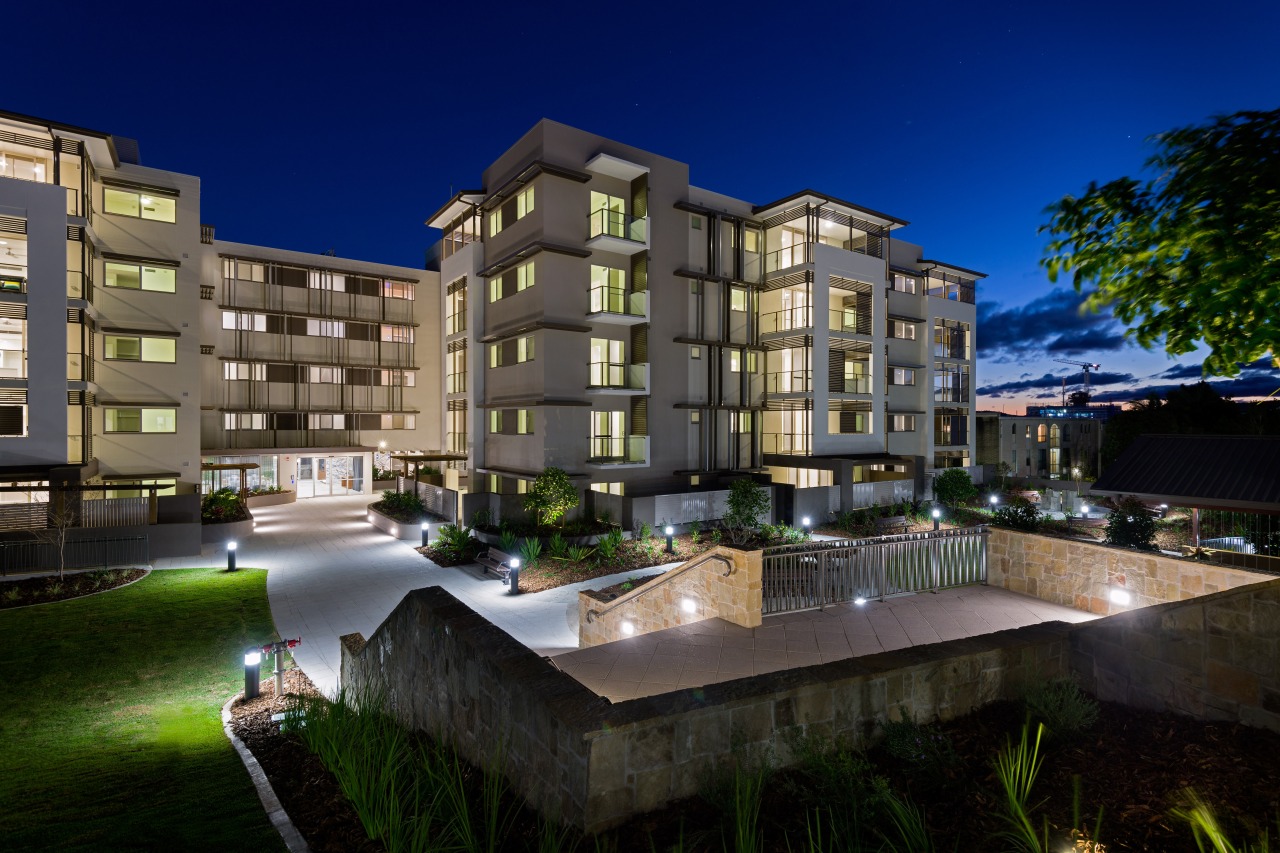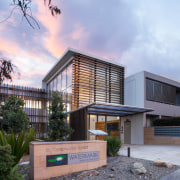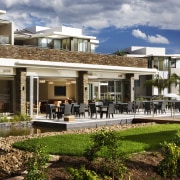Does current retirement accommodation really meet baby boomer expectations?
Developers need a bolder approach to designing for seniors living and aged care, says Blair Keenan, principal at Marchese Partners

Picture yourself in retirement. Cast your mind forward to the glory years, when you've earned the right not to fight the morning commute any longer.
Chances are you're thinking about ticking off those bucket list items you haven't had the chance to conquer just yet. You're also thinking about where you might want to live, and what your place might look like.
For many retirees, or those approaching retirement age, holding the fort in the family abode is simply not realistic in the long term. The need to downsize, or move to somewhere more practical, is a conundrum many of us are facing.
Until now, moving into age appropriate accommodation has meant moving into a retirement facility that does nothing other than suck the life out of their retirement motivation.
The retiring generation baby boomers are refusing to give up the lifestyle they worked so hard to create, and rightly so. While they are looking for suitable accommodation as they age, no longer are they willing to sacrifice location, style and amenity.
Across the globe, the retirement sector is only just catching on to the idea that the accommodation model needs to shift to meet the demands of the new retiring generation. And in New Zealand, we are way behind the eight-ball.
There's no need to hit the panic button just yet; we're not the only nation whose retirement village architecture and design hasn't had a revamp since the 1970s. We are still yet to see a new style of retirement accommodation options pop up across the country.
The awareness of what's required is common in the marketplace. There is an underlying understanding that we live in an aging population and the current stock of retirement villages just don't cut the mustard anymore. The biggest difference for us is we're yet to see a developer prepared to go out on a limb.
And for us, that is the challenge. Who is going to be the first to break the mould?
The reality
If our aging population is not enough of an incentive for developers to stand up and be bold, a quick inventory on the existing product should do the trick.
There are hundreds of rest home beds in parts of the country that lie empty, and it's not because there is no demand. It seems odd for so many beds in such a high demand market to lie empty, but it goes a long way to show those retiring are simply not interested in giving up what they've got.

So why are they empty? Like any other product in any other industry, it comes down to the quality of what you are producing, and whether it provides a solution to those in the target market.
Residents in seniors living and aged care have never been spoilt for choice. There have been so few options for them, the sector has got used to matching the stock that's currently in the market because they knew it would fill up.
That trend is slowly dissolving, but quality solutions are not yet the standard practice.
The retiring generation has lived a life of relative luxury compared with generations preceding them. Living post-war, designing their lives with freedom of choice, and growing up with the advancements in technology are all contributors.
They are living in bigger houses, with more amenities designed exactly how they want. And there's nothing wrong with that. Everyone has a desire to create the lifestyle that they want.
So when their mind is cast forward to thinking about whether they need to downsize, why would they want to live in something they're not in love with? Why would they give up what they've created as their normal?
The solution
Perceptions
This shift is going to take time, and changing perceptions about seniors living and aged care isn't something that happens overnight.
We need to break the perception that these villages should still be designed like they were in the 1970s and the best way to do that is to start bringing new models to market.
A conversation needs to be started among key decision makers in local and central government, the industry and, of course, the people who will be living in these facilities.
If we can create a dialogue that moves retirement living and aged care accommodation into a realm where it's highly sought after, the perception that these facilities are the last resort' will be a thing of the past.

Terminology
The word hospital is not helping. For good reason, people associate a hospital with sickness, death, and a place where you only go if you need to. In essence, this is the exact opposite of what you want to associate with your home.
Recently finished facilities in this sector are still plastering the word hospital everywhere. This is common practice in New Zealand, but for no reason other than tradition and association. The last thing we want to broadcast to our potential residents is that they could be living in a hospital.
Let's create desire and excitement and have people lining up to live in these facilities. We need to make this the natural next step for people, not one they have to force themselves toward.
Design
Compare the current stock to what baby boomers are currently calling home. The whole design process needs to shift away from things like long corridors and open central communal living spaces.
While elements of the design of retirement and aged care developments will reflect the residents' age, the reality is there are certain expectations we need to match.
We should no longer treat retirement and aged care developments as less important and we have to be clever and innovative about accommodating the care factor.
It's a really exciting time to be designing seniors living and aged care developments because it allows us to break the mould of the previously dreary retirement and aged care centres and create something that people are attracted to.
As architects it's our role to constantly innovate and challenge the status quo and it's up to us to create new paradigms for this sector.
We need to help change perceptions about retirement and aged care and shift the mindset from seeing a retirement village as the last resort into something that is a lifestyle choice.
Story by: Blair Keenan
Home kitchen bathroom commercial design
Commercial Design Trends Vol. 33/1C
Christchurch’s recovery from its two major earthquakes was never going to be a quick fix. But slowly and surely new proj...
Read More





